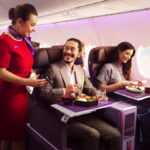
Qantas: Safe travels?
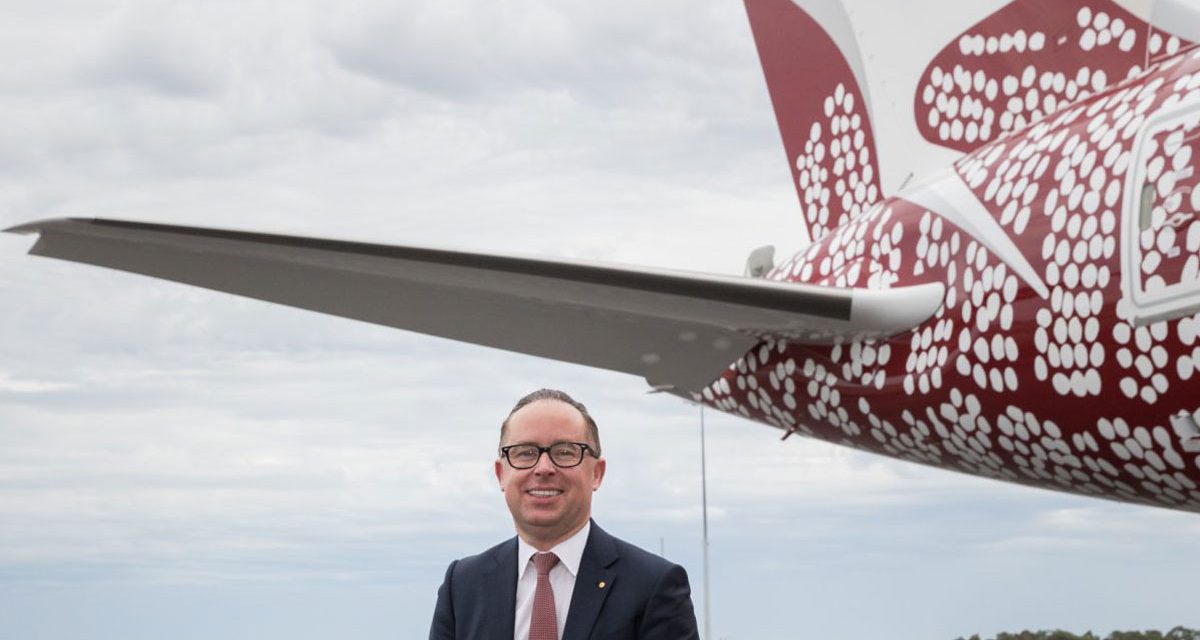
Qantas has announced the ‘Fly Well‘ program, which is not about making flying safer, but just . . .
‘. . . a series of wellbeing improvements to give peace-of-mind in preparation for domestic travel restrictions easing.’
QANTAS GROUP, Media release, 19 May 2020
So they are not even pretending that these initiatives will make flying safer during the pandemic, just that they will make people feel safer! That belies the statement from the Qantas CEO:
“Safety is absolutely core to how we operate and that applies to new challenges like managing the risk of coronavirus so people can fly with confidence.”
If it was actually at their ‘core’ wouldn’t they be practising social distancing on their planes since we know that along with handwashing is one of the best preventers for transmitting the disease?
Here’s an excerpt from the release:
Rolling out from 12 June, the key measures at each point of the journey will be:
Pre-flight
- Information sent to all customers before they fly, so they know what to expect.
- Contactless check-in (via online/app) and self-serve bag drop strongly encouraged, including use of Q Bag Tags.
- Hand sanitising stations at departure gates.
- Temporary changes to Qantas Lounges, including increased physical distancing, hand sanitising stations, enhanced disinfection of surfaces and adjustments to food and drink service.
- Working with airports on other safeguards in the terminal, including regular disinfection of security screening points and installing hygiene screens at airline customer service desks, wherever practical.
On board
- Masks provided to all passengers on each flight – while not mandatory from a safety point of view, they are recommended to be worn in the interests of everyone’s peace-of-mind.
- Enhanced cleaning of aircraft with a disinfectant effective against Coronaviruses, with a focus on high contact areas – seats, seatbelts, overhead lockers, air vents and toilets.
- Sanitising wipes given to all passengers to wipe down seat belts, trays and armrests themselves, if preferred.
- Simplified service and catering to minimise touchpoints for crew and passengers.
- Passengers asked to limit movement around cabin, once seated.
- Sequenced boarding and disembarkation to minimise crowding.
The statement misses temperature checks, but Joyce has said they are working with airports on this, as it is more appropriate at that point of the travel journey than once passengers are committed to board a plane.
The question still remains, given state border restrictions, when will domestic travel return to normal? According to Joyce, it looks like June 12 is his preferred date.
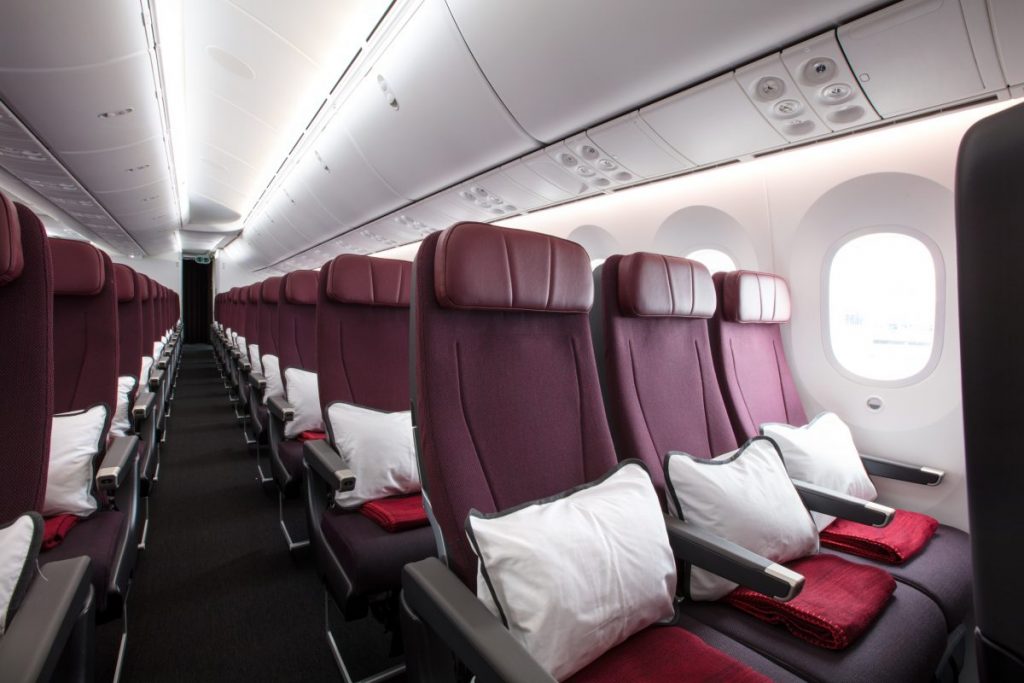
Content of this Post:
Book and change without penalty
Qantas has made some changes here – at least until the end of October 2020
Domestic
Qantas is very wisely improving the flexibilty of domestic bookings by allowing customers to change flight booked between 21 May and 30 June this year for travel anytime between 12 June and 31 October 2020, without change fees. You will be up for any fare difference however. This could be significant, as Qantas is currently holding its domestic fares to the lower end of its usual scale.
International
Barring Trans-Tasman flight, customers with and existing booking for travel from 1 August to 31 October, can cancel and get the full amount as a flight credit. You need to get onto this before 30 June, and you can rebook for domestic or international services through until the end of 2021. Jetstar passengers have 2 years from the voucher issue date. Again you will be up for any fare increase.
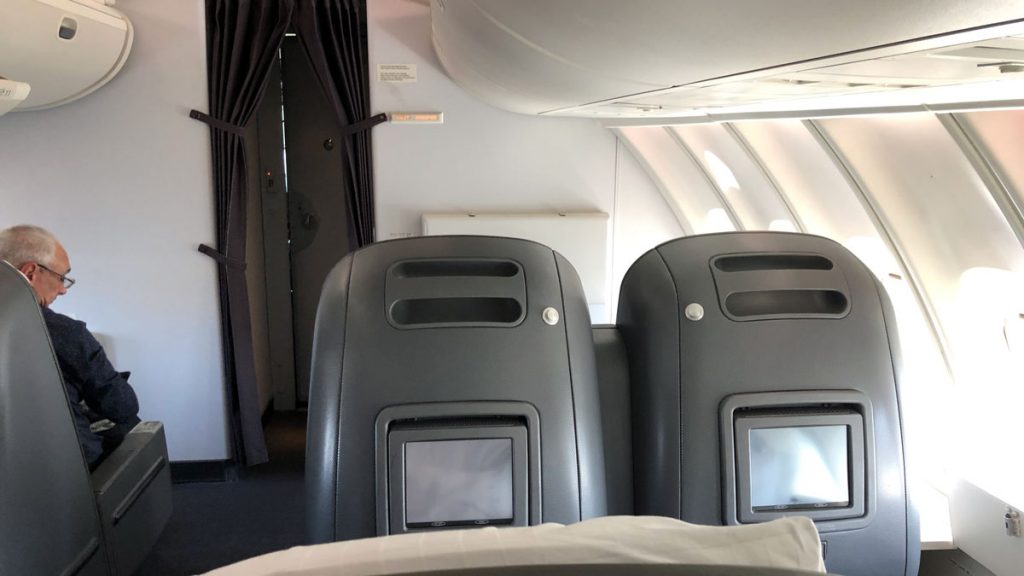
2PAXfly Takeout
This is another timely reminder to wear your seatbelt when seated. Holding you close to your seat will protect you from the sort of injuries sustained on this flight, when unsecured passengers flew to the ceiling of the aircraft, and then came crashing down once the ‘drop’ ceased.
The hope will be that this is an anomaly – a ‘freak accident’ in casual parlance. If it is a systemic error either mechanical or electronic, then this is a larger concern for the airlines that fly Boeing Dreamliner 787 aircraft. Let’s hope it isn’t. If it is, it will pile on the woes to Boeing’s existing stack.
I applaud these changes especially those addressing booking flexibility. Other changes will make people feel safer and may provide some margin against transmission of the virus. However, I think we are being fed a line here so that Qantas looks like it cares about its passengers more than it does about its bottom line.
Delta Airlines in America are going against the flow by leaving the middle seat vacant. They believe that leaving the middle seat free will give them a competitive advantage in the safety perspective stakes, as none of their competitors is following suit.
Social distancing is a big challenge for airlines. Joyce is correct, that if you leave the middle seat free – you are only getting a 60cm advantage, which is a far cry from the 1 or 1.5metre distance desired, which would require at a 30% reduction in capacity. If they went to a single seat in alternate rows, which would be closer to the recommended social distancing, then they would be reducing capacity down to less than 20%.
Now, I understand this would make flying uneconomic without a massive increase in ticket prices. But please don’t dress up economic necessity, with best practice health guidelines!
Remember as you said, this is about making people feel comfortable, not actually making them significantly safer.
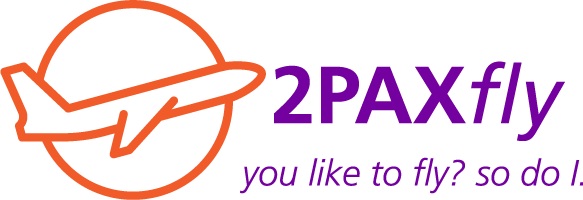
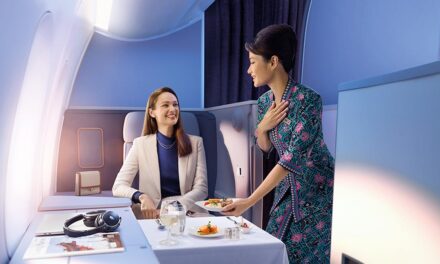

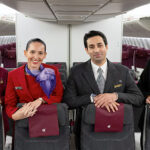
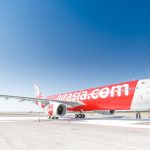
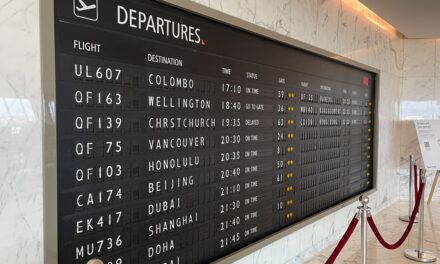
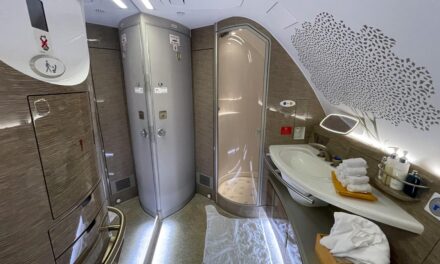
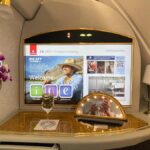
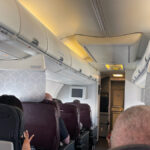


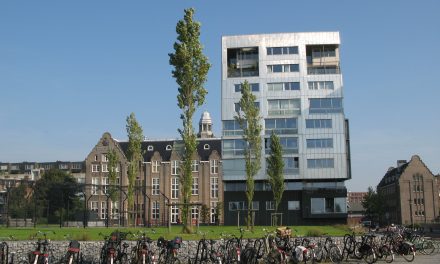
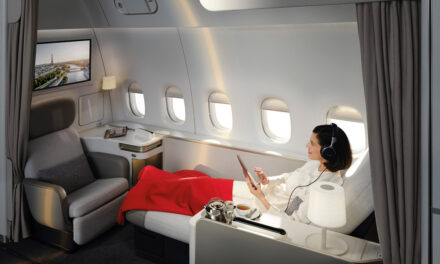
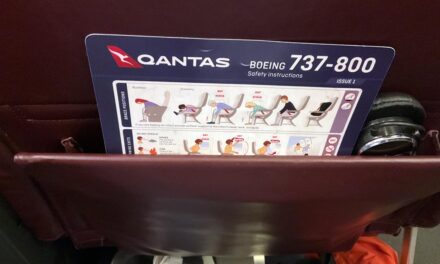
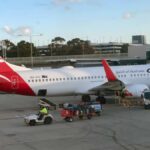

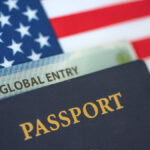
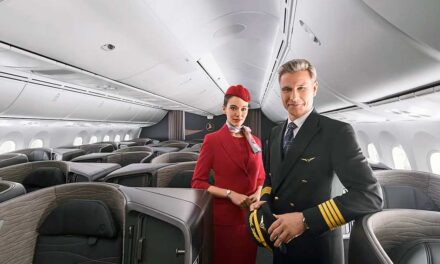
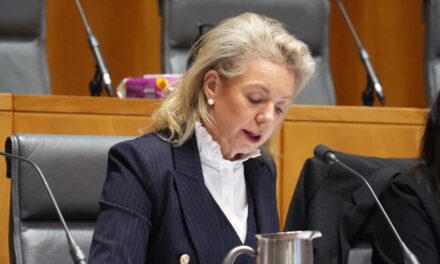

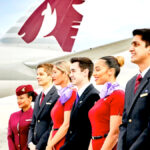


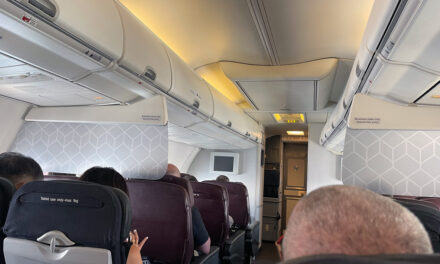



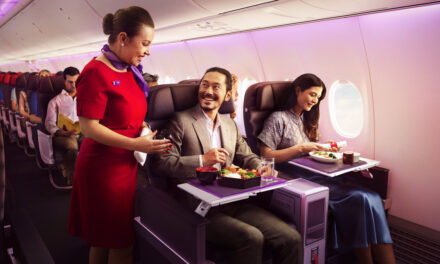
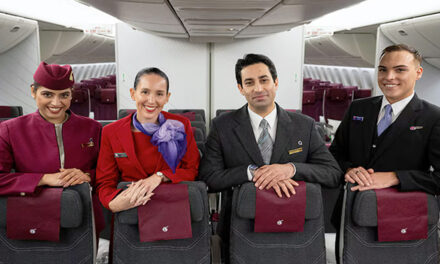



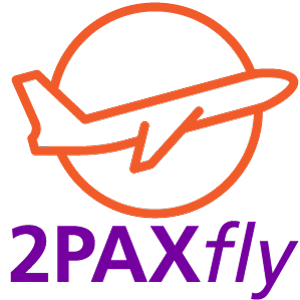
What did you say?